Deadlift
- brucepye
- Jan 16, 2015
- 2 min read

This week’s Exercise of the Week is the all-important deadlift. This is one of the most functional lifts that exists. Whether you are a professional athlete or a stay-at-home parent, deadlifting comes into play on a daily basis. The deadlift is good for you primarily because of the number of muscles that it uses. While it’s perceived as a lower-body exercise, it is truly a full-body lift. Even though your target muscles are in your legs, your upper body is working as well to move the weight off of the floor. Your back muscles end up taking a lot of the load of the lift as well.
The movement
Set up with your feet shoulder-width (or slightly wider than shoulder-width) apart.
Position your toes to point straight ahead.
Make sure your shins are approximately 4-6 inches AWAY from the bar.
Grab the bar with a double overhand grip.
Make sure your legs are straight at this point during the setup (not during the lift).
Take a big breath, force your abdominals outward, and hold.
Drop your hips as your knees shift forward toward the bar.
Create tension in your upper back and lats by squeezing your armpits and pulling your arms downward.
Drive the floor away, keeping the bar against your body all the way to lockout (when your legs are straight).
Once the bar gets to your knees, finish the lockout with a powerful glute contraction (this is very important). Finish with your body in a straight line.
Move your hips backward, keeping the glutes and hamstrings on tension.
The bar will move downward and, once the bar reaches the knees, drop straight downward back to the floor.
Muscles used (in the traditional, straight bar deadlift)
Primary muscles:
Glutes
Quadriceps
Hamstrings
Trapezius
Forearm Flexors
Secondary muscles:
Erector Spinae
Oblique Abdominals
Rectus Abdominals
Levator Scapulae
Splenius Servicis
Variations
Trap Bar: a hexagon-shaped bar that you stand in. The weight is loaded on the sides, closer to the body than your traditional straight bar. Your upper back is targeted more when using the trap bar.
Dumbbell/Kettlebell: Use either dumbbells or kettlebells to perform the movement. You cannot go as heavy, but your core and grip strength get a better workout from it.
Grips
Hook grip: Grab the bar with both hands, tuck your thumbs into the bar, and wrap your fingers around your thumb.
Traditional Overhand grip: Grab the bar with both palms facing you.
Alternating grip: Grab the bar with both hands, one palm facing you, the other palm facing in front of you.



Comments